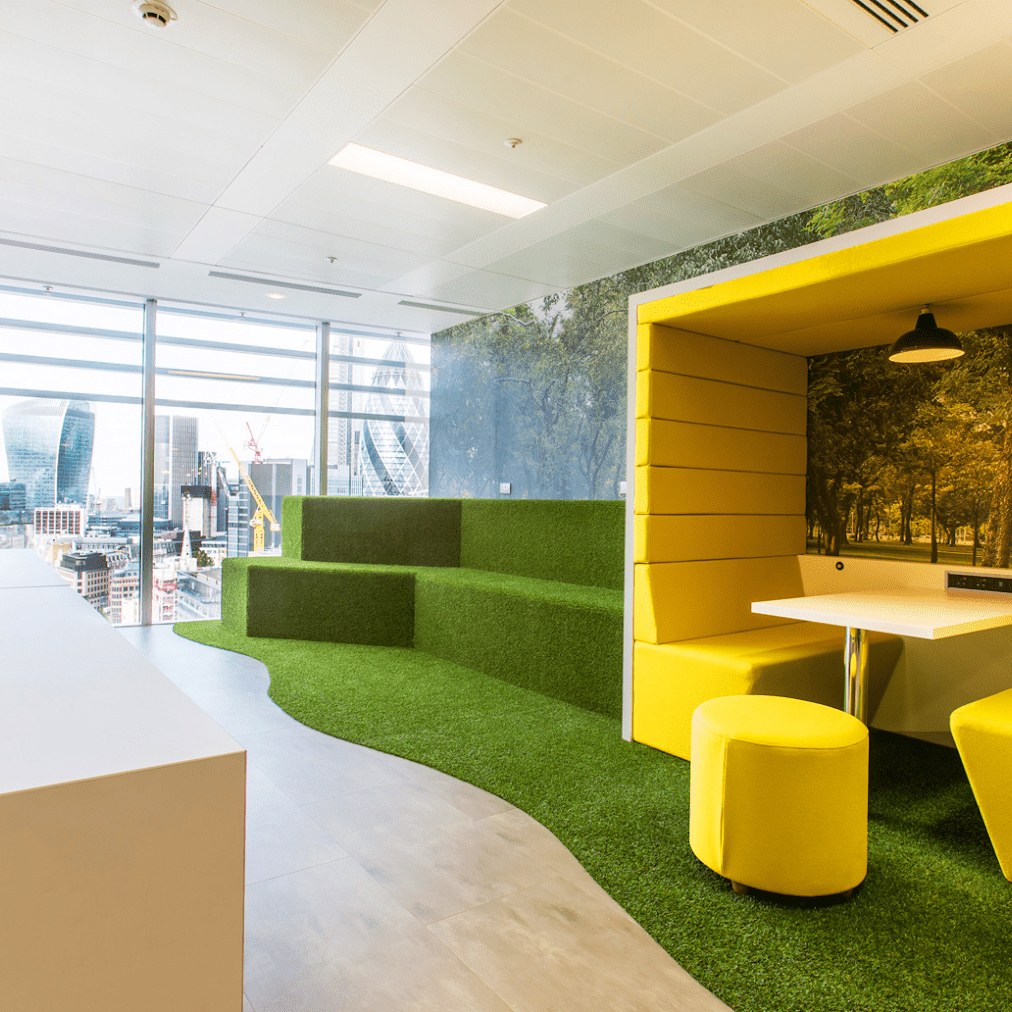Introduction
Lights glass, also known as stained glass, has been around for centuries, and it never ceases to amaze us with its beauty and intricacy. It is a unique form of art that has been used to decorate churches, mosques, homes, and other buildings. In this article, we’ll explore the history of lights glass, its properties, and its applications in modern architecture and design.
History of Lights Glass
Light glass dates back to ancient times, where it was used in the decoration of Egyptian temples and Roman villas. The Christian era gave a significant place to lights glass in the form of church windows. In the Gothic period, the art of lights glass reached its zenith, where the beauty and complexity of the designs were unsurpassable. The Renaissance saw a shift in styles towards “grisaille” or gray glass, which was popular in France and Italy.
Properties of Lights Glass
The beauty of lights glass lies in its properties of transmitting light through colored glass. Adding metal oxides to the glass mixture produces different colors of glass. Copper creates green, cobalt blue, and manganese purple. Calcium and antimony create a yellow color, while selenium and cadmium create red. The lead is added to the glass mixture to make it pliable, and the glass is cut into desired shapes before being assembled using lead strips.
Applications of Lights Glass in Modern Architecture
The use of lights glass is not limited to religious and historical buildings. It has found its way into modern architecture, where it is used to create stunning designs and effects. For example, the United Nations headquarters in New York City features a brilliant lights glass mural in the General Assembly Hall. The Aria Resort and Casino in Las Vegas also feature stunning lights glass chandeliers that add to the unique ambiance of the building.
Lights Glass in Interior Design
Lights glass is a unique and versatile material that can be used in interior design. It can be used to create stunning statement pieces such as lamps and decorative panels. The beauty of lights glass is its ability to diffuse light, which creates a warm and inviting atmosphere. Lights glass can also be used in doors and windows to add color and privacy while allowing light to pass through.
The Future of Lights Glass
The future of lights glass looks bright, with new technologies allowing for the creation of even more intricate designs. Modern manufacturing techniques have made it easier to produce lights glass, making it more affordable and accessible to homeowners and designers alike. As the demand for eco-friendly building materials grows, lights glass is also seen as a sustainable alternative to traditional building materials.

















